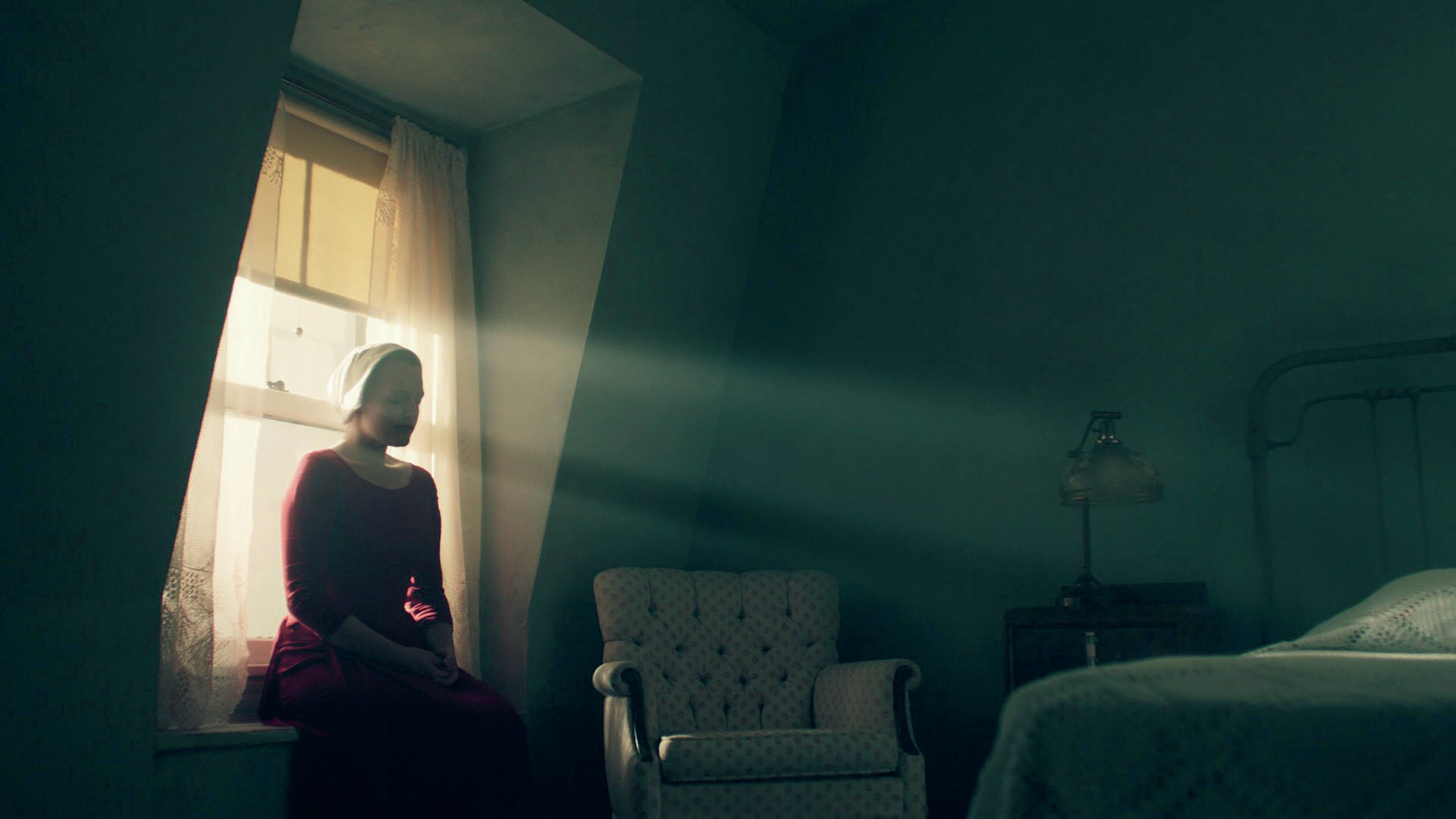
In literature, the figure of the doppelgänger — essentially a second self — is used to explore the duality of human nature. Often presented as a supernatural harbinger of doom, the Commander’s previous Handmaid is used by Margaret Atwood in The Handmaid’s Tale as a double whose fate seems to mirror and foreshadow that of the novel’s narrator and central protagonist, with whom she shares the patronymic ‘Offred’.
The narrator often thinks about her doomed predecessor’s relationship with Commander Fred which ended when his wife, Serena Joy, discovered their affair. Before hanging herself in the very bedroom the current Offred now occupies, the first Offred secretly inscribed the message ‘Nolite te bastardes carborundorum’ inside her closet. Its discovery sets the narrator thinking: ‘I trace the tiny scratched writing with the ends of my fingers, as if it’s a code in Braille. It sounds in my head now less like a prayer, more like a command, but to do what?’ (p. 156).
Your organisation does not have access to this article.
Sign up today to give your students the edge they need to achieve their best grades with subject expertise
Subscribe




